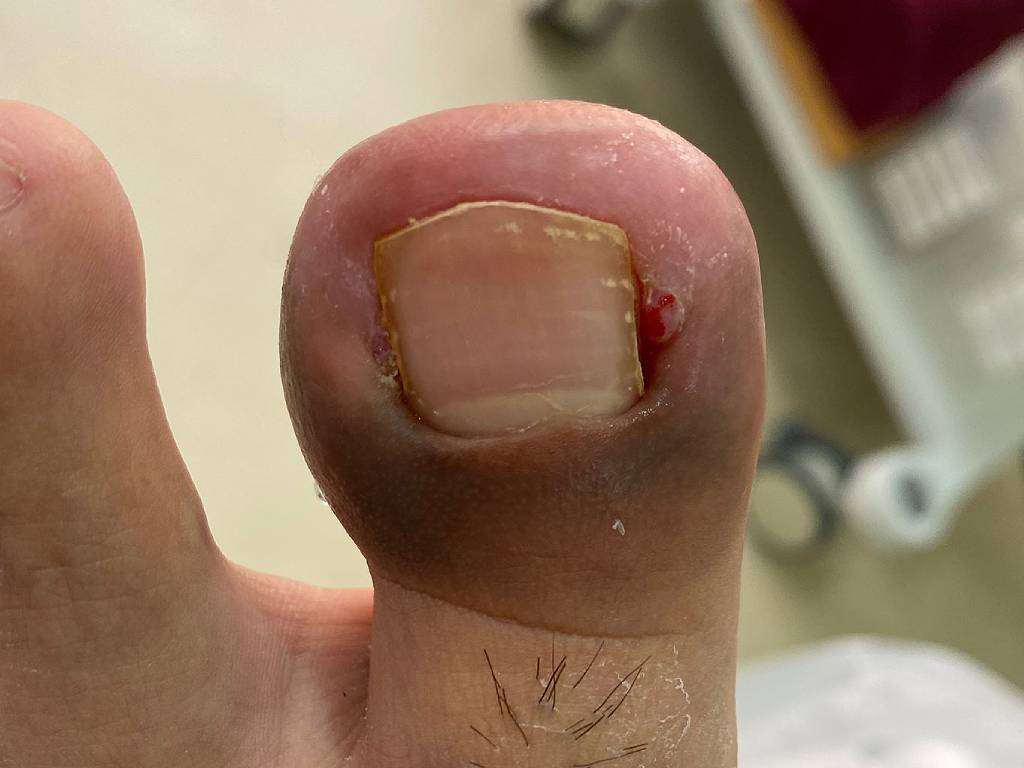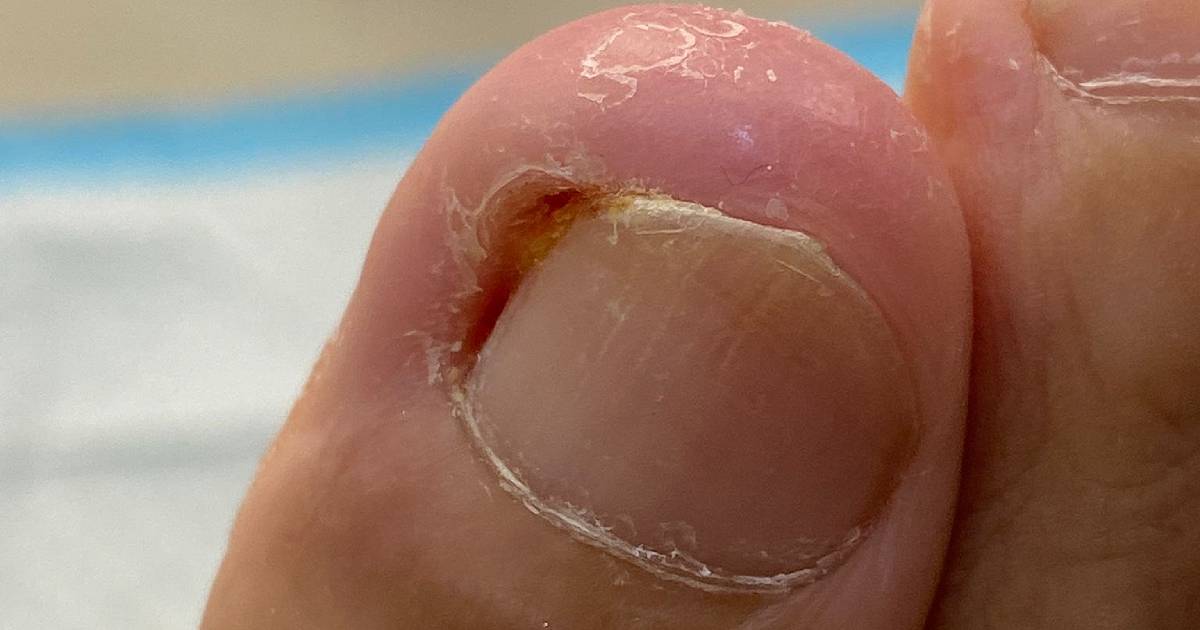Redness and swelling around the nail can often indicate that infection, or paronychia, is present. This condition can be caused by bacteria and/or fungus invading the soft tissues around the nail and should not be ignored.
There are two types of paronychia infections: acute and chronic. Acute infections are quick to arise and are more likely to occur in fingernails, while chronic infections occur gradually and typically affect the toenails.
Causes of Paronychia
- Poor nail cutting technique
- Ingrown nails
- Excessive pushing back of the cuticles
- Blunt or repetitive trauma to the nail
- Biting or picking hangnails
- Constant exposure to moisture
Paronychia can present slowly and last for weeks or show up suddenly and last for only a few days depending on the fundamental cause of infection. There is no clear correlation between speed or duration of the infection.
Common Symptoms of Paronychia
- Redness of the skin around your nail
- Tenderness of the skin around your nail
- Pus-filled blisters around the nail
- Changes in nail shape, colour, or texture
- Detachment or lifting of the nail from the nail bed

What Can My Podiatrist Do?
Cases of mild infection can be handled with home remedies such as warm water soaks or antiseptic creams. However, if the infection does not resolve, or seems to be getting worse, visit a podiatrist for a proper diagnosis. They will be able to determine the exact cause of infection and prescribe the appropriate solution.
Chronic paronychia infections lasting longer than 6 weeks can become severe, and spread into the soft tissues of the foot or form abscesses. If an infection is left unaddressed, repeated inflammation and compromised cuticle regeneration can result in a partial or complete loss of the nail.
How Do You Address Paronychia?
Podiatric intervention for Paronychia often involves a targeted approach to destroy the fungal and bacterial infections. There is little to no pain, minimal impact on the appearance of the nail and surrounding skin, and a low rate of recurrence. However, if non-invasive approaches prove ineffective, a minor nail surgery may be necessary to address any underlying toenail deformities.
How to Prevent Paronychia (Skin Infection Around the Nails)?
Hygiene is key to keeping paronychia at bay, here are some simple tips:
- Change and wash your socks daily after wearing
- Keep your feet dry
- Avoid picking/biting your nails or the surrounding skin
- Avoid pushing your cuticles back
- Reduce exposure to water and wet environments
- Attend to painful nails and skin immediately
- Avoid repetitive trauma to the nail plate





